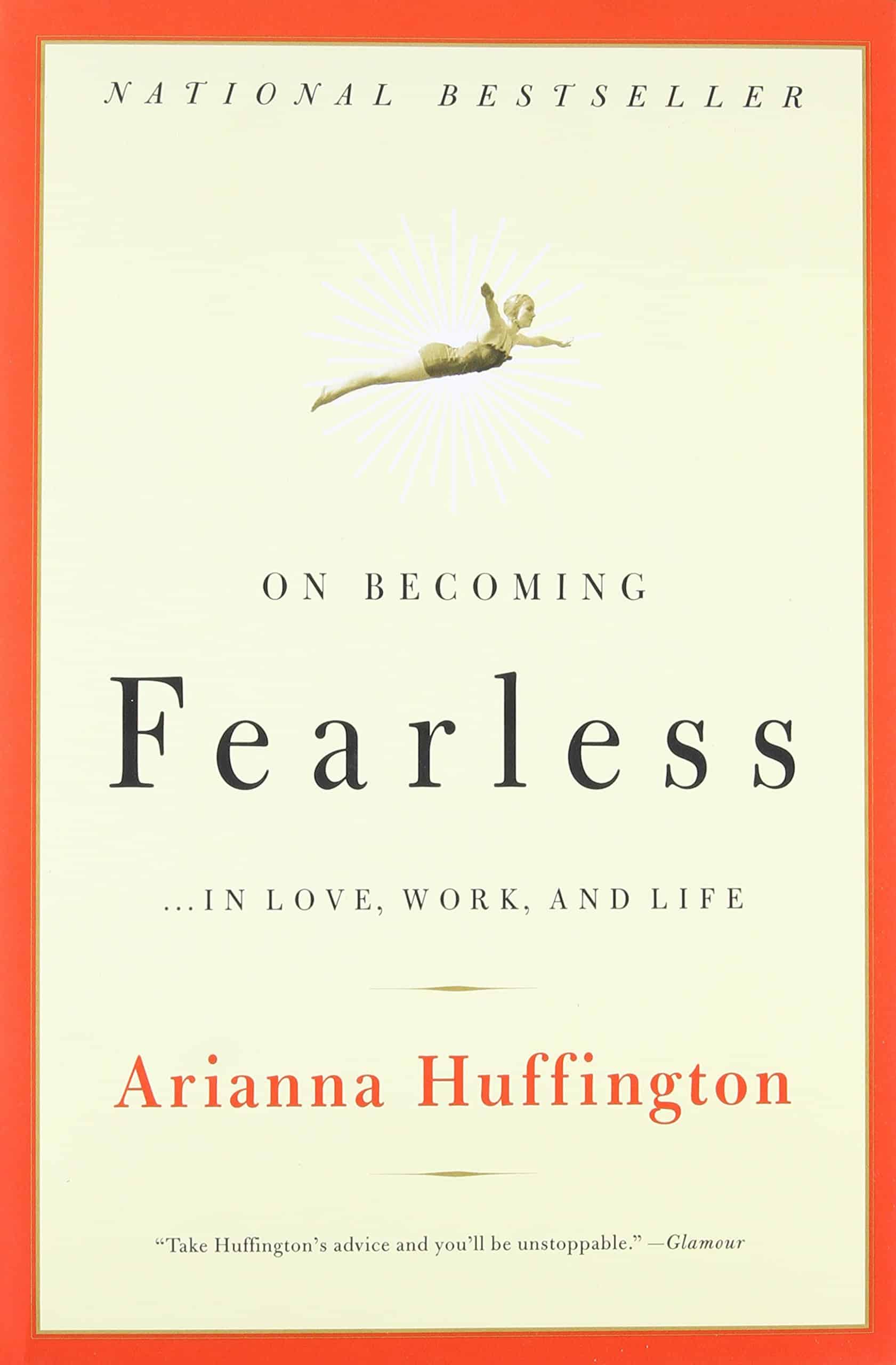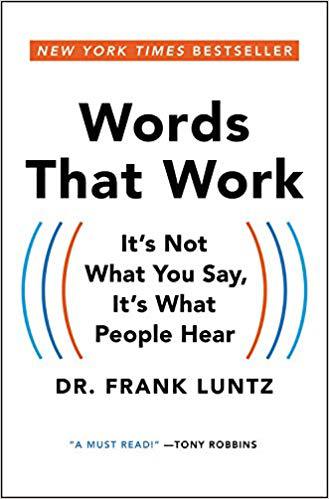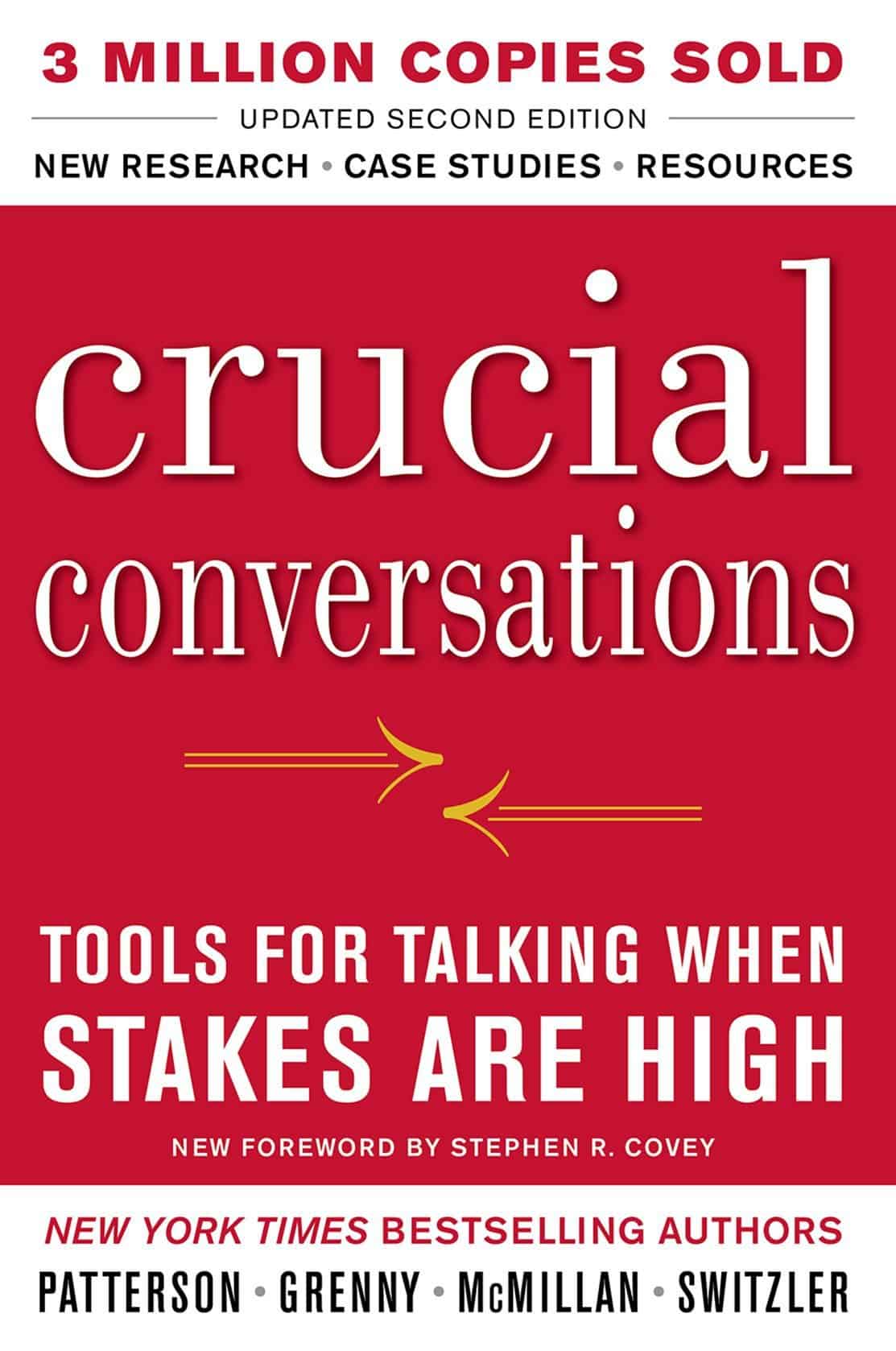We have all experienced rejection at some point. It can hurt and cut us deeply. As human beings, we innately want to be loved and accepted. A sense of belonging to a community is one of our fundamental ingredients for survival. We were never meant to live in isolation.
Receiving rejection today is certainly not what it used to be, given how far less connected we are in this digital age of technology.
In the split-second instant we post on social media, we’re unconsciously broadcasting our desire to be seen and to connect. But when that Instagram selfie or Facebook post doesn’t receive the number of likes or comments we thought it might, we feel disappointed, overlooked and left behind.
We then flog ourselves with self-blame, debilitating guilt, over-accountability and hopeless thoughts about the future. Romantic rejections are where we tend to be most vulnerable and left raw to our core. However, it doesn’t have to be this way. You can recover.
So how to handle rejection?
Here are six ways to help you rebalance the washing machine of emotional and mental turmoil you can be thrown into (sometimes without any warning) so that rejection can become one of the most positive life-changing gifts you can receive.
1. Diffuse the fear of being rejected by acknowledging and expecting it can and will hurt
After twenty-five years of marriage and a couple of adult-age children, being told “I don’t love you anymore” would and should feel like a dagger piercing your tender heart. The psychological blow can hurt just as much as the physical pain of a right hook to your jaw or punch to the stomach.
To overcome the sting of rejection, stop trying to avoid feeling that stings. Stop pretending your unaffected if indeed, you are. Acknowledge that the sharp, heavy emotional pain you feel is as valid and real as any physical pain. Trying to sugar coat what you feel and experience will do you far more harm than good.
Listen to the voice inside you that describes the injustice you feel. Give it air time. Allow that voice to talk and lick the emotional wounds.
If you don’t, that emotional energy will continue to tug at you like the child constantly pulling at the mother’s skirt to grab her attention. Listen to the voice’s mix of rage, sadness, loss and loneliness. You will start to feel relief simply by no longer pretending you’re invincible and allowing the flood of your feelings to flow.
2. Physically sever your connection with rumination
If your friends are rolling their eyes and sighing when you describe to them for the fifth time in minute detail the story of how you were unfairly treated in your dream job interview process, it’s time to shift. You’re wasting time and energy - theirs and yours - and stopping yourself from moving on. Instead, enlist the help of your partner, family and friends.
Make a contract with your partner, family and friends allowing them to catch you in the throes of verbal diarrhea and stop you purging, yet again. Work out three or four different activities which will distract you and turn your attention to something productive. Choose the activity wisely, though. It’s not simply about distracting yourself and keeping yourself busy.
Choose something that catalyzes good energy within you, occupies your mindset and shifts your mood. Physical activities are great examples. Move your body, listen to music, go and shoot a few hoops with your mates in the lunch break or after work. Consider starting a small project completely unrelated to your rejection experience that engages you to purposefully contribute.
By activating neural pathways that increase a healthy mental state, the shackles of rumination will start to lose their grip. Use your friends and family to keep you accountable and break the debilitating rhythm of rumination.
3. Regulate the amount of rejection opportunities you expose yourself to
We all have a different threshold of the amount of rejection we can handle. Repeatedly receiving the notice ‘we regret to inform you that your application has been successful’ becomes a soul-destroying exercise before too long if you’re desperate to find a new job.
When times are particularly tough, you need to protect your mental and emotional states. Wisely considering how much more you can handle is essential. Before you take another step forward, ask yourself if you have the right resources and support in place to catch you.
If you have stood at desperation station, hoping to board the train and it keeps passing you by, sometimes the best thing you can do is stop trying to board for a while. Take a rest. Allow your mind and your thoughts to breathe.
Turn your attention to activities and opportunities, which don’t put you at risk again of rejection, at least for a short period. During the rest periods, your muscles repair and become stronger after a weights workout. Your mind and heart are the same. You must allow them to breathe before you put them at risk of future battle and bruising.
Know that you will always have a different capacity and resilience to handle rejection than your neighbor, so be careful of setting goals to step back into the boxing ring before you’re truly ready.
Get familiar with what your thresholds are and honor them. If you need to take a few days off from doing job application after job application, do so. Your mind will be refreshed, better focused and relaxed so that you can put your best foot forward at your next attempts.
Elite athletes experience peaks and troughs throughout their training regimes and competitions. It’s a given fact of their journey. So too is the ebb and flow of recuperating from rejection and then jumping back on the horse and getting going again.
4. Attach a different meaning to your definition and experience of rejection
Several research studies by Carol Dweck and Lauren Howe at Stanford University have revealed that individuals with fixed mindsets in romantic rejection contexts, experience negative effects of rejection for longer.((Standford: Stanford research explains why some people have more difficulty recovering from romantic breakups))
Participants who believed personalities were generally set in stone and unchanging, ascribed ‘faults’ in their personalities, as opposed to identifying that the rejection could be an opportunity for positive change or growth. They believed these ‘faults’ were permanent and also worried about how future relationships would be continually affected.
If you feel experiencing a rejection means there is something wrong with you, you’re far from alone. But this doesn’t mean your thinking is accurate. Invite yourself to consider:
- Is it possible that the deductions I am making about myself are actually not true… that they are simply fueled by the intense, turbulent emotions I am feeling in these moments?
- Is it possible that this rejection is just an indication that what I wanted to belong to and be part of is not a suitable fit for me?
- Could this rejection be a guiding rail to steer me back on the course I am truly meant to be on, or something even better I have not yet been able to fathom?
- Could this actually be a grand opportunity to grow and expand into a better version of myself?
When Steve Jobs was rejected and sacked from his own company in 1985, he went on to generate his first billion dollars with Pixar Animation Studios after purchasing it from Lucasfilm in 1986.((Fortune: How Steve Jobs Became a Billionaire)) Today, Pixar is the most successful animation studio of its kind.
By being rejected and insulted colorfully by the seemingly attractive man or woman you approached at the bar, you could have saved yourself a marriage of heartache and abuse. In fact, the door is now open for you to continue your discovery journey of finding someone who is a much better potential complement and at the very least has far superior manners!
Where rejection is possible, hold a palm card containing the above questions in your pocket to access a reality check. See if you can step into a growth mindset and practice thinking more widely about the consequences of your being rejected.
What have you learned and discovered about yourself? What have you learned from the rejection experience? What opportunities can you now see that perhaps have not been able to see before? When you feel ready to step forward again, will you go in the same direction again or will you pivot? Might you do things differently this time?
Rejection can, in fact, be a glorious unveiling of new possibilities.
5. Learn to recalibrate the rejection experience to reduce its impact on you
Think about times when you have wanted something that has been out of your reach. There has been at least a risk, a gap or an obstacle that is in the way of you getting what you want. Do you want it more? The scarcity of your being able to reach the prize or reward you’re stretching for seems to become more attractive and valuable when it’s harder to obtain. It’s a key sales psychology feature businesses use to effectively sell to their customers; they market to your fear of missing out.
When you get the defining negative answer, the yearning for that thing you so strongly desired somehow becomes stronger. The reality, however, is that nothing specific changed about the person you longed to date. The job description or remuneration package remained the same whether you were the chosen candidate or someone else was. However in your mind and heart, you, for some reason, feel a greater sense of loss.
Can you recognize if you do this? If so, ask yourself these two questions:
- Could I have idolized the situation or person which has now led me to feel such a deep sense of loss, sadness and unworthiness? Could I have put the person or opportunity on a pedestal which made the fall of being rejected so much harder on impact?
- Are there negative attributes about the situation that I was not seeing because I was wanting this so badly?
It’s only after you have allowed some time to pass after the initial experience of your rejection, that you will be able to more objectively answer these questions. Only reflect when the initial intensity of the sting has subsided. It’s only then you’ll be able to see the other side of the coin.
Sometimes it’s only through rejection that you can see the grass is not as green as it appeared after all. Your loss is not as great and you’ve not fallen as far as you thought.
6. Learn to build resilience to diffuse the fear of future rejection
You can grow confidence through being rejected. It comes down to proactively reviewing your behavioral patterns and resources and forecasting your recovery strategy should you be in the firing line to take a fall in the future.
After you have licked your wounds, take time to reflect and look at how you reacted and responded. What were your patterns? How well were you resourced to handle the fall? Did you withdraw and isolate yourself to lick your wounds? Was this helpful or might having talked with other close friends or family helped you process the emotional pain faster and more effectively? Did you have a plan prepared for the potentiality of experiencing the rejection?
If you don’t have a plan, develop one.
By predicting how your emotions and thoughts could be sent into a spin, you give yourself a stronger sense of maintaining self-control should rejection hit. You lessen the shock of the blow if you also know you’ve got a first aid plan in place.
Write down what thoughts and emotions you could experience in the face of a rejection. If it’s anger, have a healthy strategy prepared to process the energy of that anger. If it’s sadness, build time in your schedule to allow yourself to feel the sadness either alone or in the company of a supportive friend, colleague, family member or therapist.
Once you’ve managed to process a fair amount of the emotional and cognitive fallout, now invest in things which restore your energy, strength and willingness to bounce back. Then, consider stepping back into the boxing ring.
When you have plans and strategies in place, overcoming rejection and the fear of it becomes more like cruising over a small speed hump rather than giving up hope completely of walking again after tumbling to base camp from the summit of Mt Everest.

 Photo credit: steemit.com If you aren't aware of these categories, you have probably been training your body in a way that doesn’t support your body type and, therefore, you’re lethargic, you can’t gain muscle mass, and you can’t lose weight to save your life. It is likely that you are over-working your body instead of allowing it to do the work it was intended to do. Part of my preparation for this article was a long hike in Los Angeles’ highly populated hiking trail, Runyon Canyon. As I hiked, I assessed each person’s body that I came into contact with. Not surprisingly, the majority of hikers had a mixture of body types. For example, I saw a woman whose body was more muscular in her arms, shoulders, and back - a mesomorph - but her lower body stored more fat in her thighs, hips, and buttocks -- That of of an endomorph. I also saw a man who was both lean and muscular which placed him in the ectomorph-mesomorph category. So while the three body types are a good guide to pinpointing the type of workout you need, keep in mind that there are variables. In some cases, it may be necessary to train your body differently for your upper body than your lower body. That is, perform a combination body-type workout.
Photo credit: steemit.com If you aren't aware of these categories, you have probably been training your body in a way that doesn’t support your body type and, therefore, you’re lethargic, you can’t gain muscle mass, and you can’t lose weight to save your life. It is likely that you are over-working your body instead of allowing it to do the work it was intended to do. Part of my preparation for this article was a long hike in Los Angeles’ highly populated hiking trail, Runyon Canyon. As I hiked, I assessed each person’s body that I came into contact with. Not surprisingly, the majority of hikers had a mixture of body types. For example, I saw a woman whose body was more muscular in her arms, shoulders, and back - a mesomorph - but her lower body stored more fat in her thighs, hips, and buttocks -- That of of an endomorph. I also saw a man who was both lean and muscular which placed him in the ectomorph-mesomorph category. So while the three body types are a good guide to pinpointing the type of workout you need, keep in mind that there are variables. In some cases, it may be necessary to train your body differently for your upper body than your lower body. That is, perform a combination body-type workout.












